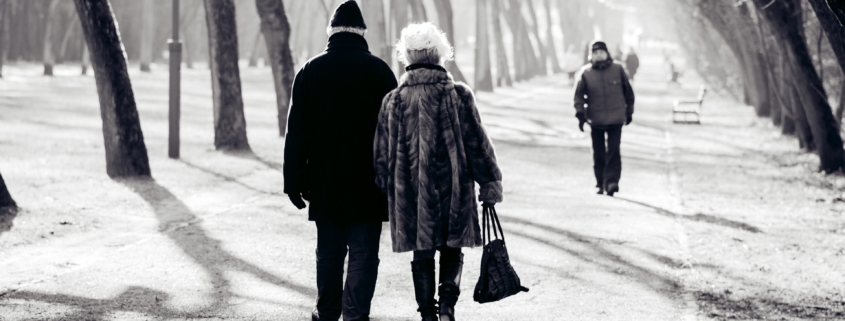Depression is considered among the most disabling conditions affecting the quality of life of millions and contributing to increased mortality rate, especially in the elderly population where depression accounts for over 80% of deaths by suicide. Self-harm in adults over the age of 60 is found to be 67 times greater than the general population. Depression can lead to profound loss of function, mood changes, physical symptoms, altered thoughts and perception. Depression is considered an heterogenous group of disorders with overlapping core features including low mood, lack of interest and pleasure (anhedonia), fatigue and physical symptoms such as lack of appetite, sleeping disorders, hallucinations, motor symptoms etc.
Depression especially in the elderly can complicate other chronic organic disorders such as coronary artery disease, diabetes, kidney failure affecting their treatment by virtue of apathy, lack of engagement and compliance with the medications. It is also considered a risk factor for the development of coronary artery disease, stroke, colorectal cancer, irritable bowel syndrome and others. Depression in the elderly does not always manifest the same way as younger adults. The symptoms many times tend to be more severe and more physical as compared to the younger patients.
Depression in the elderly many times is under-detected by their primary physician. Depression in later life is also far less likely to be treated than in younger adults. And even in cases where it is recognized, it is less likely to be referred to the psychiatric service. It is estimated that around one in six older depressed people in the UK receive treatment of any sort and only 6% is referred to the psychiatrist compared to 50% of young adults.
Studies vary regarding the real prevalence of depression in the elderly with reports varying from 0.4 to 35% with an average of 13.5% in ages over 55. There is a broader agreement regarding factors contributing to increased prevalence of depression. The important factors are being widowed and divorced, living in communities with poor social networks and low socioeconomic conditions. Interestingly enough, protective factors are having a religious faith, excercise, good physical health, being married and living within a strong social network.
In terms of treating depression in the elderly we have to consider that it is a condition that can be self-limiting in a percentage of patients that can reach 30-40%. The principles of treatment in the elderly are the same as for young people. Treatment with antidepressants can reach a 60% response rate. The choise of the antidepressant medication has to be tailored to each individual taking into consideration the side effect profile of the drugs and co-morbidities of the elderly patient. Best outcomes are achieved when combining drugs with psychological therapies.
As depression tends to be so heterogenous, old and new therapies show varied results. It seems that an early response to therapy predicts better outcome. Following recovery it is important to carry on the therapy in the elderly as this strategy seems to lower the relapse rate. Approaches that minimize disability, promote independence, supportive therapies, and social networks play an important part of a treatment plan.


